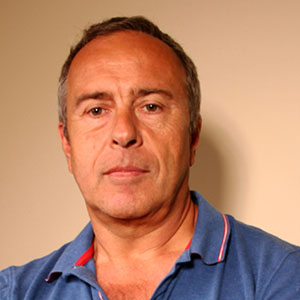SUN4 is the fourth member of the SUN gene family from S. cerevisiae, whose products display high homology in their 258 amino acid C-terminal domain. SIM1, UTH1, NCA3 (the founding members) are involved in different cellular processes (DNA replication, ageing, mitochondrial biogenesis) and it is shown herein that SUN4 plays a role in the cell septation process, sun4 Delta cells are larger than wild-type and begin a new cell cycle before they have separated from their mother cell. This phenotype is more pronounced in sun4 Delta cells also deleted for UTH1. FAGS analysis shows apparent polyploidy which disappears when the cell cycle is arrested by mating factor or nocodazole, indicating that cell septation is delayed without modification of the doubling time. Elutriated sun4 Delta uth1 Delta daughter cells are born larger, and therefore enter S phase sooner than their wild-type counterpart. S phase duration, as well as timing of Clb2 degradation, is normal, but cell septation is delayed. Sun4p/Scw3p was recently described as a cell wall protein (Cappellaro et al., 1998) and, consistent with this notion, electron micrographs of sun4 Delta cells show defects in the final steps of cell wall septation. Our data suggest that Sun4p and Uth1p might contribute to the regulated process of cell wall morphogenesis and septation. Copyright (C) 2000 John Wiley & Sons, Ltd.
The ‘SUN’ family: yeast SUN4/SCW3 is involved in cell septation
Mouassite, M.; Camougrand, N.; Schwob, E.; Demaison, G.; Laclau, M.; Guerin, M.
2000
Yeast
2000-07 / vol 16 / pages 905-919
Abstract
0749-503X
IGMM team(s) involved in this publication

Etienne Schwob
DNA Replication, Genome Instability & Cell Identity
Tags
saccharomyces-cerevisiae; s-phase; saccharomyces cerevisiae; gene; protein-kinase; budding yeast; cell wall septation; cyclin proteolysis; cytokinesis; g1 cyclins; septin function; sun gene family; wall
